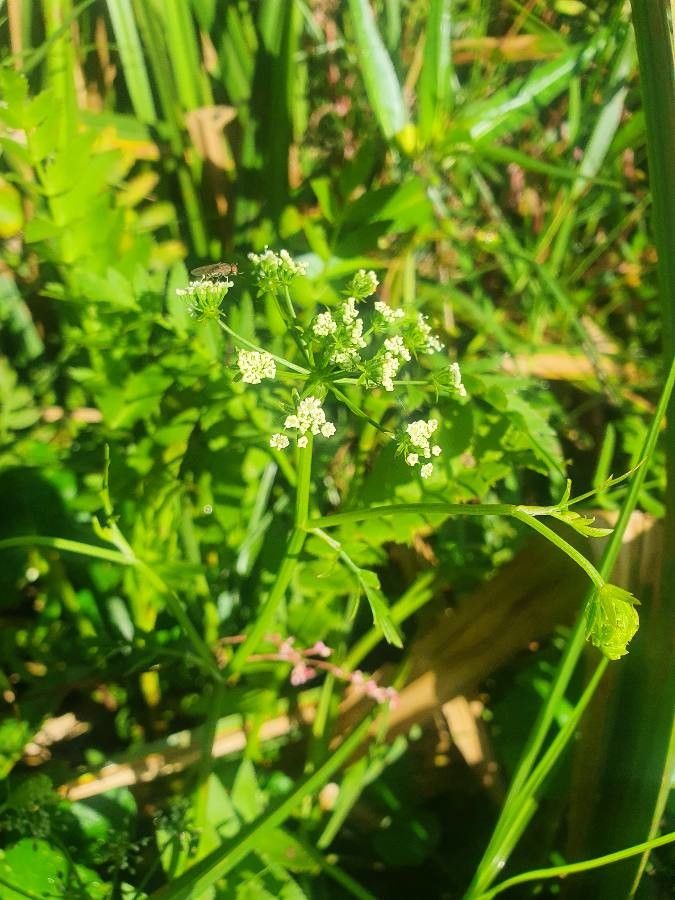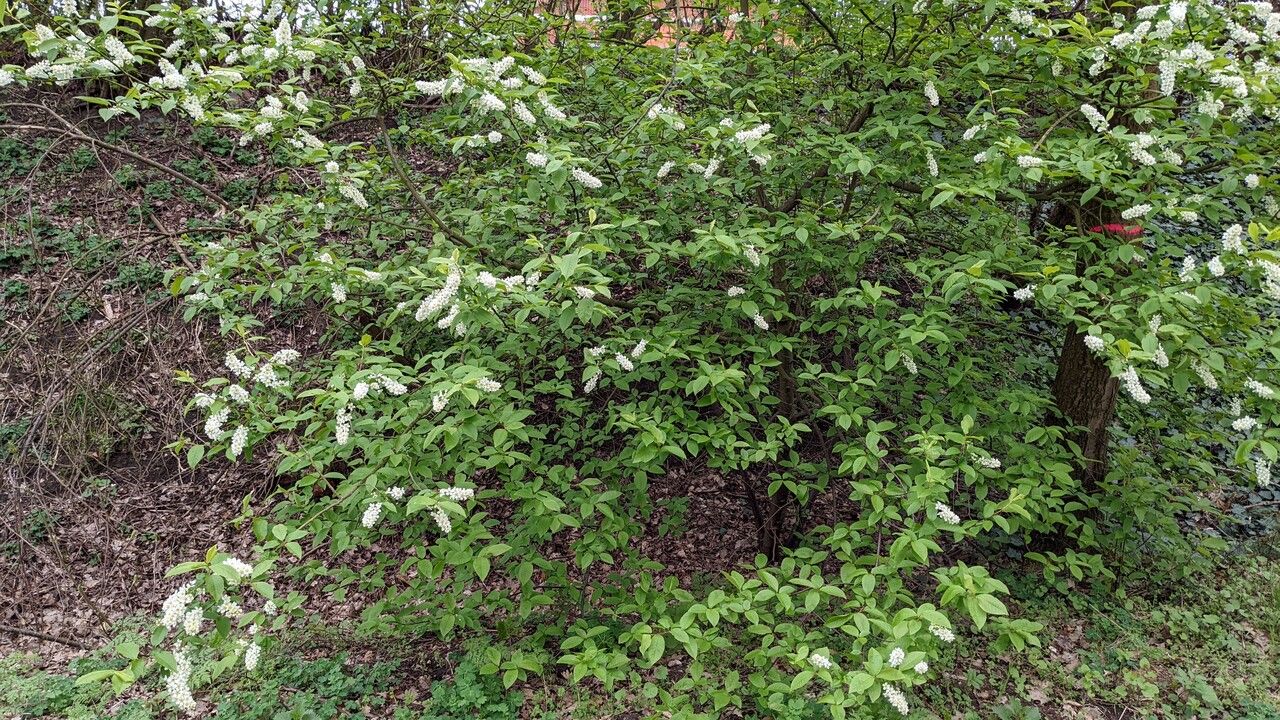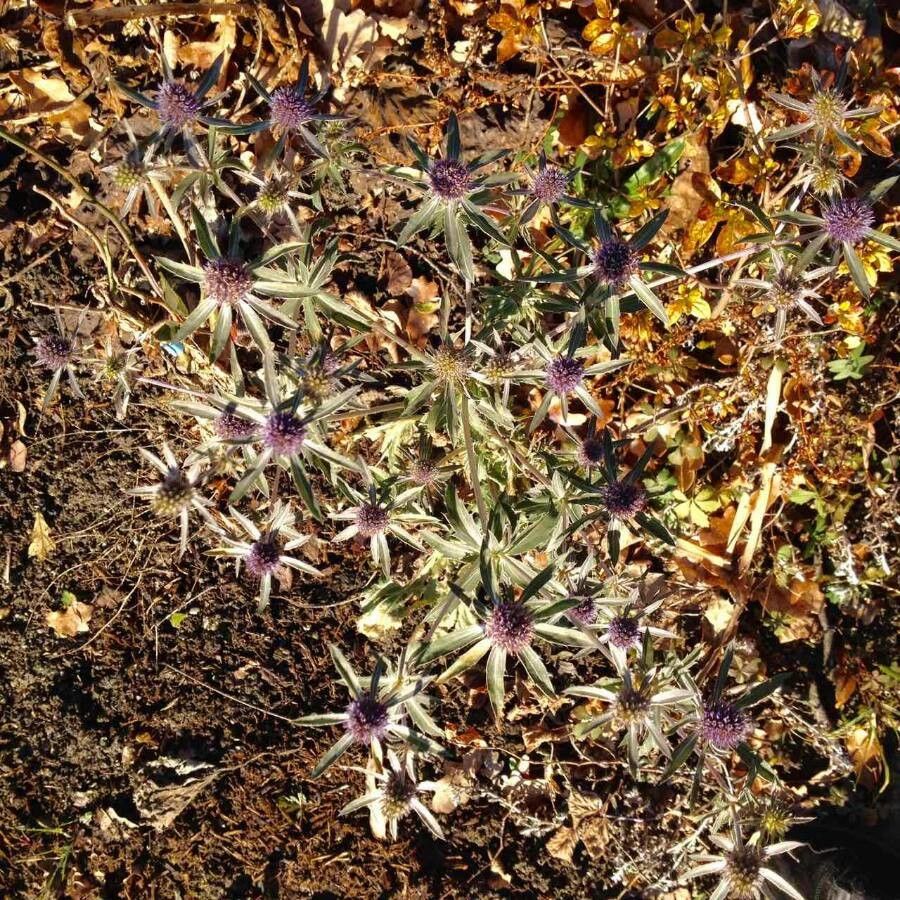### Water Parsnip: A Comprehensive Guide
Water Parsnip (*Sium suave*) is a fascinating aquatic or semi-aquatic plant belonging to the Apiaceae family, which also includes carrots, celery, and parsley. While sharing familial ties with edible plants, it's crucial to understand that water parsnip is considered toxic and should not be consumed. This comprehensive guide will help you identify, understand the habitat, and learn about the potential risks associated with this often-overlooked plant.
### Identification
Identifying Water Parsnip requires attention to detail. It typically grows to heights of 1-3 feet (30-90 cm), featuring slender, hollow stems and finely divided, fern-like leaves. The leaves are pinnately compound, meaning they have smaller leaflets arranged along a central stem. The small, white flowers are arranged in umbrella-shaped clusters called umbels, characteristic of the Apiaceae family. These umbels are usually terminal, meaning they appear at the top of the stem.
The roots are fibrous and submerged, anchoring the plant in its moist environment. A key feature to remember is the plant's overall delicate and somewhat delicate appearance compared to some of its more robust relatives.
### Habitat and Growth
Water Parsnip thrives in wet, marshy environments and along the edges of streams, rivers, and ponds. It prefers full sun to partial shade and moist, fertile soils. It can tolerate a variety of soil types as long as they retain sufficient moisture. This adaptable nature contributes to its presence in diverse wetland habitats across its range.
### Distribution and Invasive Potential
Water Parsnip is native to North America and Europe. While not always considered invasive in its native range, it can become a problem in some areas due to its rapid growth and ability to spread easily through its seeds and rhizomes (underground stems). In some regions, it's managed as an invasive species, particularly where it outcompetes native vegetation in wetland areas.
### Toxicity and Precautions
Water Parsnip contains phototoxic furocoumarins, chemicals that cause skin irritation upon contact with sunlight. The reaction, known as phytophotodermatitis, can lead to severe blistering and sunburn. Therefore, it's vital to avoid direct contact with this plant. When handling water parsnip, wearing gloves and protective clothing is strongly recommended. If contact occurs, wash the affected area immediately with soap and water and avoid sun exposure.
### Conclusion
Water Parsnip, while potentially problematic as an invasive species in some areas, is a fascinating wetland plant. Understanding its identification, habitat, and toxicity is key to responsible interaction with this unique member of the Apiaceae family. Remember to practice safety precautions when encountering this plant to avoid skin irritation. By learning to properly identify and respect it, we can appreciate this species in its natural environment.
Water Parsnip: Identification, Habitat & Care Guide

Frequently Asked Questions
Is water parsnip poisonous?
While not directly poisonous in the sense of causing immediate death, water parsnip contains phototoxic furocoumarins that cause severe skin reactions when exposed to sunlight. Avoid direct contact.
How do I identify water parsnip?
Look for a 1-3ft tall plant with slender, hollow stems and finely divided, fern-like leaves. Small white flowers are arranged in umbrella-shaped umbels, typical of the Apiaceae family. Pay close attention to the plant's delicate appearance.


